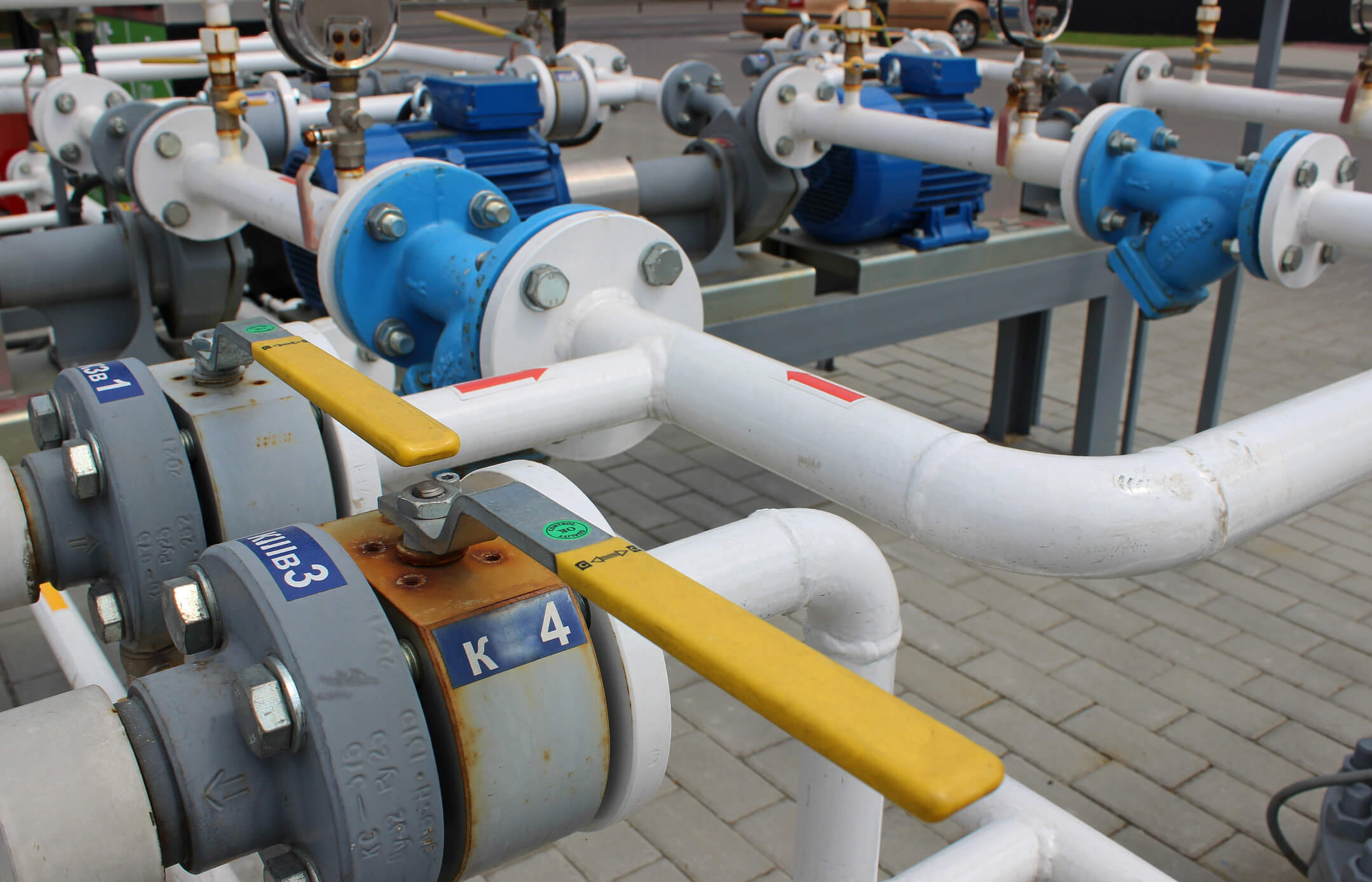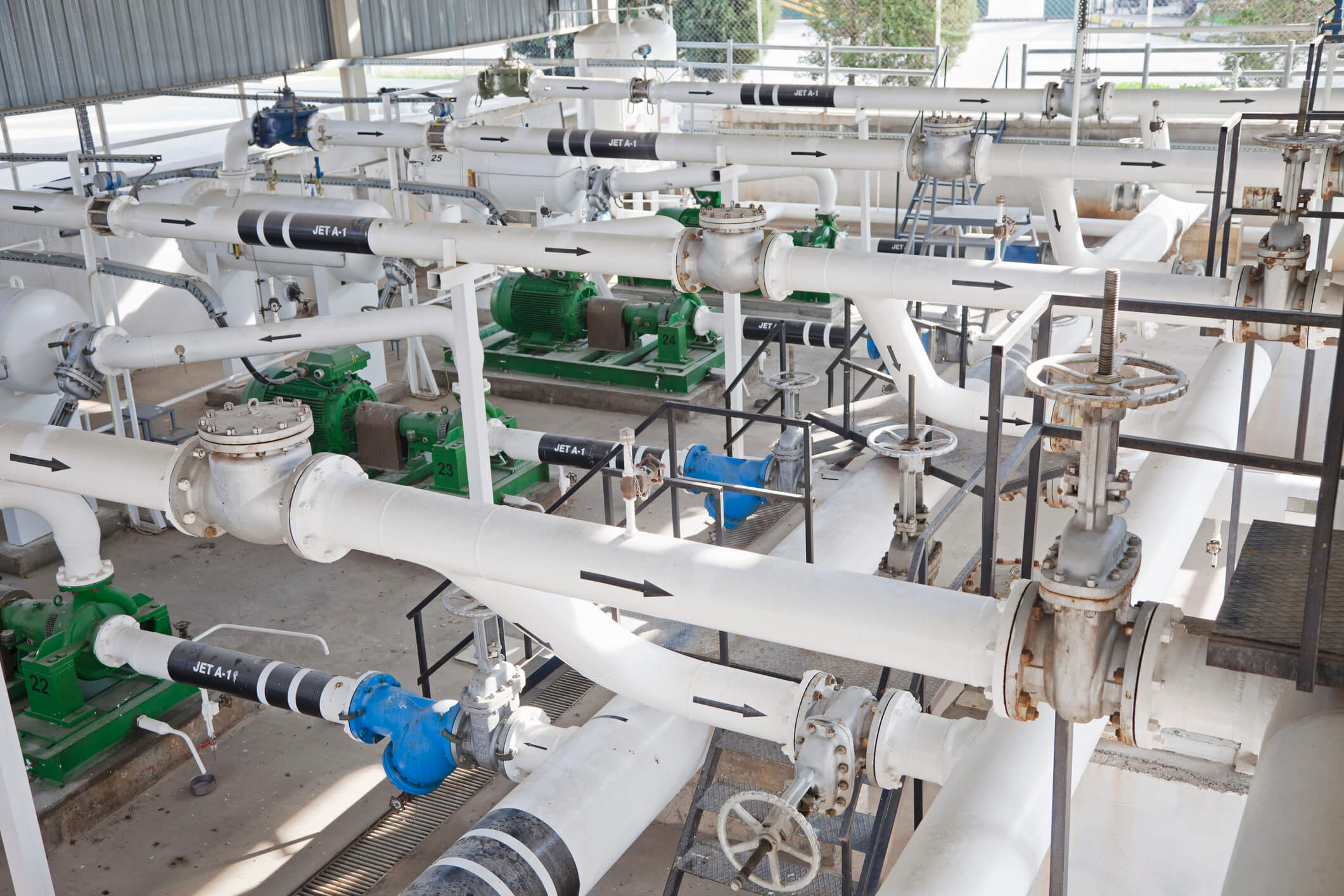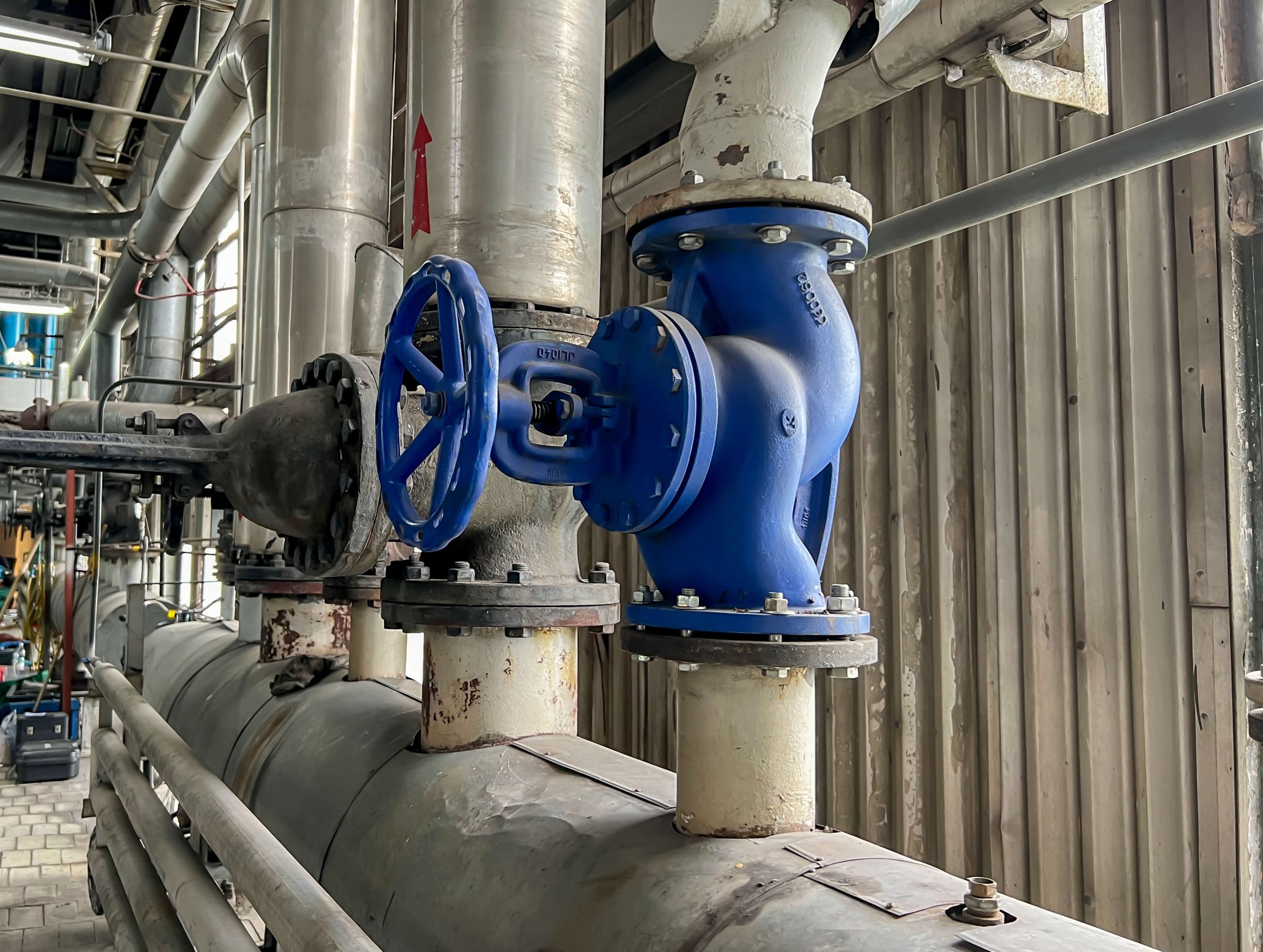The corrosion inhibitor treatment level decreases in the loop as make-up water is added to replace leakage. Corrosion by-products tend to accumulate in closed loops since the water recirculates without blow down. Iron is the most common corrosion by-product in closed loops. Even though some iron is lost through leakage, the reduced treatment level rapidly exceeds the ability of the leak to control the amount of iron dissolved in the water. As the concentration of iron increases, the solubility is exceeded, and precipitation occurs. This results in iron deposits.


Often referred to as MIC, Microbiologically Influenced Corrosion occurs when one or more species of bacteria colonize and begin feeding on the iron surfaces in a system. Colonies can attack all types of ferrous metals including iron, mild steel, galvanized and stainless steel. The metabolic process of Sulfate-Reducing Bacteria (SRB) uses the conversion of iron to iron oxide to create energy.
Galionella also converts iron to iron oxide. Clostridium excretes hydrogen ions which react with water to form strong organic acids. The common result in pits in the surface of the metal that are hidden under tubercles of iron oxide.


Removing the iron deposits involves a non-acid chemical cleaning, a thorough flushing of the system to remove the iron, and a biocide to sterilize the system. Here are the steps:
Closed loops rarely have scale problems, but mineral scale can form in systems with high hardness and alkalinity make-up sources. Mold surfaces are generally the hottest point in the system and high skin surface temperatures are prone to scale precipitation. Scale the thickness of a human hair can result in a 20% loss of heat exchange efficiency and that translates directly to an increased Cycle Time.



At Chardon Labs, we aim to help our customers reduce operating and maintenance costs, achieving optimal water system performance and longevity. Whether you use a cooling tower, closed loop system or boiler, we can customize a water treatment program to your facility’s needs.
If you’d like to learn more about our solutions or request a free quote, fill out our contact form today. One of our water treatment consultants will be in touch.